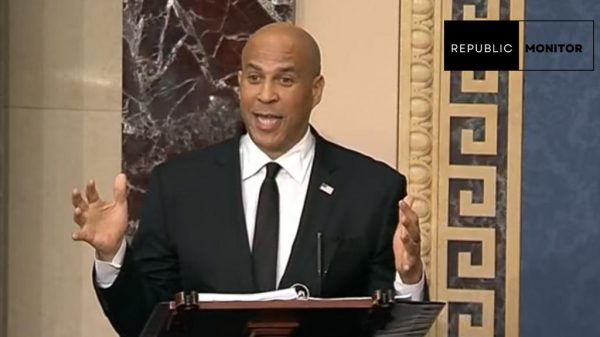
Chronic Fatigue Syndrome Affects 3.3 Million U.S. Adults: CDC’s New Survey
In a groundbreaking revelation, the Centers for Disease Control and Prevention (CDC) has released the first nationally representative estimate of adults in the United States affected by chronic fatigue syndrome, putting the number at 3.3 million. This figure surpasses previous estimates, and health officials believe it may be influenced by the inclusion of patients experiencing long COVID symptoms.
Chronic fatigue syndrome is a complex and debilitating condition characterized by at least six months of severe exhaustion that isn’t alleviated by rest. Patients often report additional symptoms such as pain, brain fog, and heightened fatigue following physical or mental exertion. Despite its prevalence, there is no cure for chronic fatigue syndrome, and diagnosis remains a challenge due to the absence of specific diagnostic tests.
The CDC’s Dr. Elizabeth Unger, a co-author of the report, emphasized that chronic fatigue syndrome is “not a rare illness.” The condition gained attention nearly four decades ago, with clusters of cases reported in Incline Village, Nevada, and Lyndonville, New York. However, it faced skepticism, being dismissively labeled as “yuppie flu” by some doctors.
The recent CDC report is based on a survey of 57,000 U.S. adults conducted in 2021 and 2022. Participants were asked if they had been diagnosed with myalgic encephalomyelitis or chronic fatigue syndrome and if they still experienced it. Approximately 1.3% responded affirmatively to both questions, translating to an estimated 3.3 million U.S. adults affected by the condition.
Contrary to long-held perceptions, the findings challenge stereotypes about chronic fatigue syndrome being a predominantly affluent, white woman’s disease. While it was more common in women than men, there was less disparity between genders than previously thought. Additionally, the study revealed that the syndrome was not limited to a specific racial or ethnic group, with a higher percentage of poor individuals reporting the condition than affluent ones.
The report’s reliance on patients’ memories without medical record verification may lead to some overcounting, but experts believe the true number of diagnosed cases is likely much lower than the actual prevalence.
Notably, the inclusion of patients with long COVID symptoms in the estimate indicates a potential overlap between the two conditions. Although the symptoms are similar, long COVID tends to be more widely accepted by doctors, leading to quicker diagnoses compared to chronic fatigue syndrome.
This revelation sheds light on the ongoing challenges in diagnosing and understanding chronic fatigue syndrome, emphasizing the need for increased awareness, research, and support for individuals affected by this debilitating condition.
















